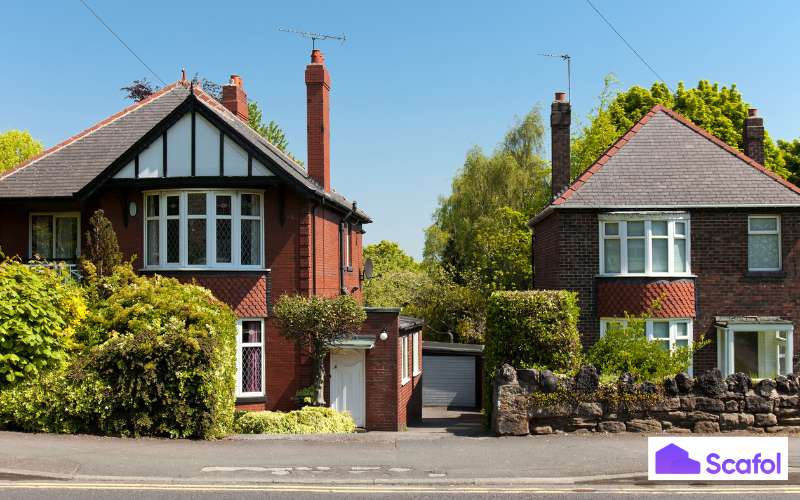
Condition Ratings (CR) provide an objective and standardized method for evaluating the condition of a property’s elements. This system allows surveyors to classify the visible and accessible parts of a building, from the structure to services and finishes, on a scale of 1 to 3. The ratings help communicate the severity of issues, giving clients a clear understanding of what to expect in terms of maintenance, repairs, and potential costs.
The Rating System Explained
According to RICS guidance, the Condition Rating system should be applied in a consistent and methodical way. Below is a breakdown of each rating and how they should be interpreted for both Level 2 and Level 3 surveys.
Condition Rating 1
“No repair is currently needed. The property must be maintained in the normal way.” A Condition Rating of 1 signifies that the element is in good condition, with no visible defects requiring attention. This is the optimal rating, indicating that no immediate maintenance is necessary.
Level 2
The surveyor should describe the property in a straightforward way. For example, if the roof covering is in good condition (CR1), note that it is free from visible signs of wear or damage, and that no action is required in the near future.
Level 3
For Level 3, the surveyor should provide a more detailed commentary, referencing the component’s age and materials, and noting any long-term considerations even if no immediate repairs are needed.
Condition Rating 2
“Defects that need repairing or replacing but are not considered to be either serious or urgent. The property must be maintained in the normal way.” A Condition Rating of 2 means that the element is in satisfactory condition but may show minor defects or wear that could worsen over time.
Level 2
The issue should be described in accessible terms, ensuring the client understands that while no immediate repair is required, attention may be needed in the coming years.
Level 3
A more detailed description is essential. The surveyor should explain the specific nature of the defect, provide insight into its progression, and offer advice on monitoring or necessary repairs.
Condition Rating 3
“Defects that are serious and/or need to be repaired, replaced or investigated urgently, or where a potential hazard exists.” A Condition Rating of 3 represents a significant issue where the element is in poor condition and requires immediate attention.
Level 2
Any CR3 issues should be clearly flagged as serious concerns. If a structural wall shows signs of subsidence, the client must be informed of the potential implications.
Level 3
A Level 3 survey requires a more thorough exploration of CR3 issues, including specifics about severity and likely causes.
The Importance of Context and Clarity
Surveyors must apply Condition Ratings consistently, with a clear understanding of both immediate and long-term implications.
Evidence-Based Reporting
Ensure that the ratings are backed up by observations and evidence.
Client Considerations
RICS surveys should always be prepared with the client in mind, balancing technical detail with clarity.
Condition Ratings in Practice
Level 2
Provides an overview, focusing on major or visible defects.
Level 3
Offers in-depth details and potential cost implications.
The Surveyor’s Responsibility
Surveyors must ensure that Condition Ratings are accurate, transparent, and provide clients with the necessary information to make informed decisions.
Conclusion
The Condition Rating system is an essential tool for RICS-accredited surveyors. By adhering to RICS guidelines and ensuring clarity and consistency, surveyors help clients make well-informed decisions and mitigate potential risks when purchasing a home.

















 Book a Demo
Book a Demo